Declutter Your Environment to De-stress Your Life: An 8-Step Guide
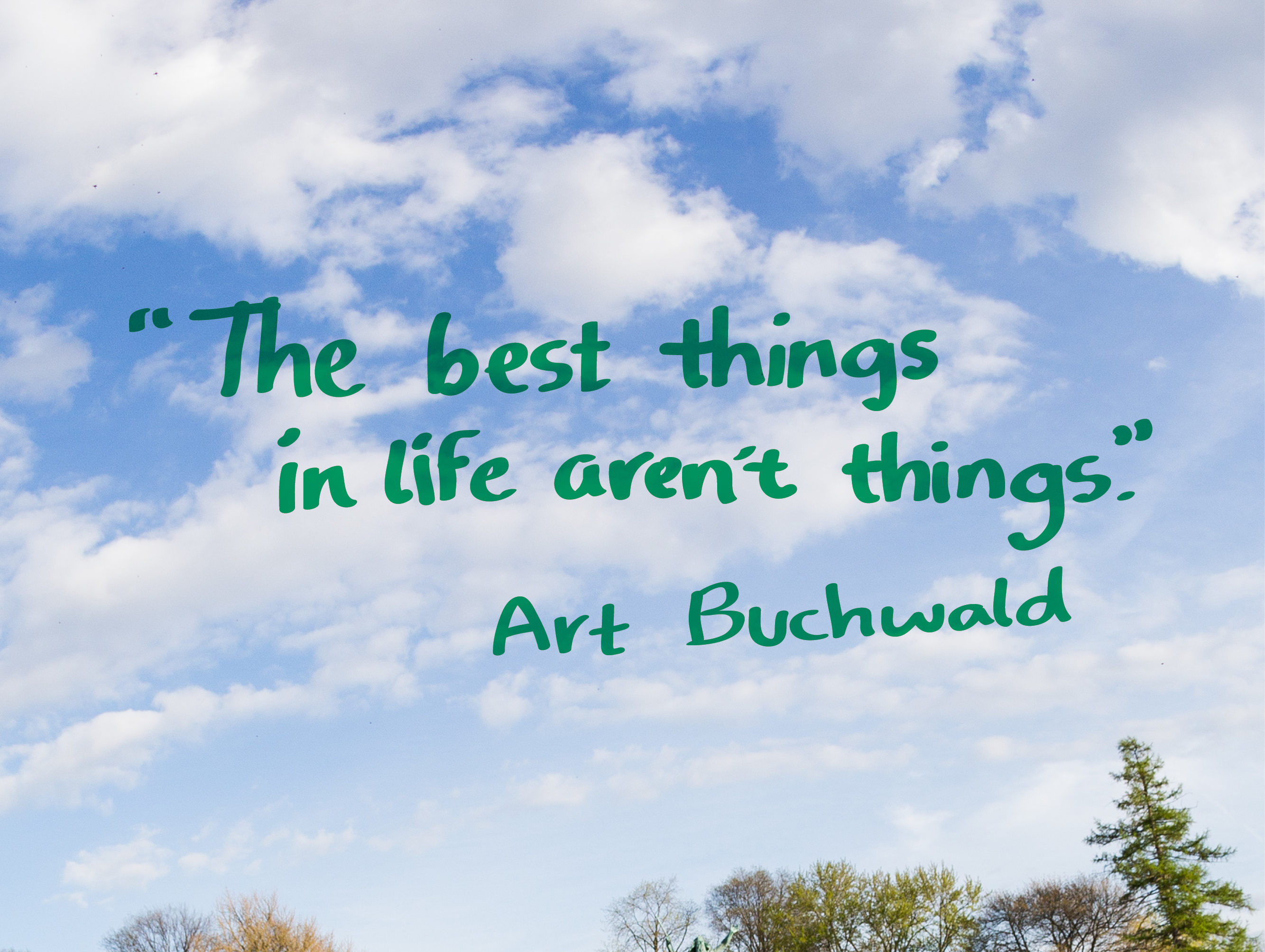
 This post is the first in our new Simplify Series, which focuses on strategies for improving your health and outlook by simplifying various aspects of your life.
This post is the first in our new Simplify Series, which focuses on strategies for improving your health and outlook by simplifying various aspects of your life.
It’s February, and the famous groundhog, Punxsutawney Phil, has seen his shadow. Chances are the forecast for the foreseeable future will be stuck on cloudy with a chance of snow, sleet, or freezing rain, and you will likely be spending a considerable time indoors. As you look around and take in your immediate environment, what do you see? Clothes and books on the floor? Mail and papers piled high on the kitchen counter or your desk? An attic or spare room that requires a road map to navigate through it? A closet and dresser drawers that are filled to overflowing? How does what you see make you feel? Stressed? Embarrassed? Overwhelmed? Frustrated? All of the above?
According to researchers, there’s good reason for those feelings. A cluttered environment saps your mental energy and increases your anxiety. You end up losing things and wasting time lookin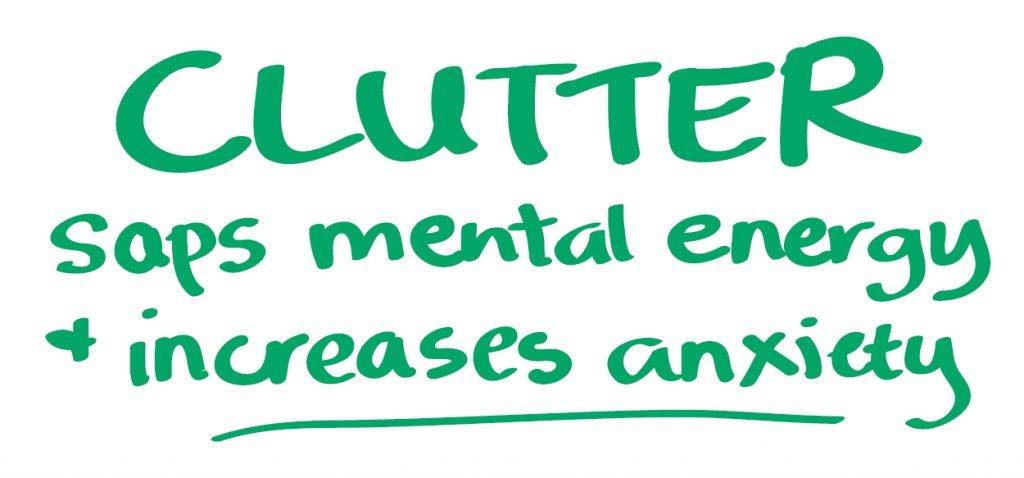 g for them. It is distracting, drawing your attention away from important matters and disrupting your concentration. It becomes an irritant, a constant reminder that your work is never done. You can’t relax – or feel you shouldn’t – when everything around you silently screams chaos. You may even berate yourself, using labels like procrastinator or lazy slug.
g for them. It is distracting, drawing your attention away from important matters and disrupting your concentration. It becomes an irritant, a constant reminder that your work is never done. You can’t relax – or feel you shouldn’t – when everything around you silently screams chaos. You may even berate yourself, using labels like procrastinator or lazy slug.
Sounds pretty toxic, right? If any of these descriptions ring true for you, now is a perfect time to rid clutter and its nagging negativity from your life so you can reap the benefits of a more focused, productive state of mind and a calmer, more pleasant environment.
What is Clutter and Why Do We Cling to It?
In a sense, clutter is the physical manifestation of a decision that has been postponed. We may feel that we don’t have time to deal with the mail that’s piling up, or we don’t have a space o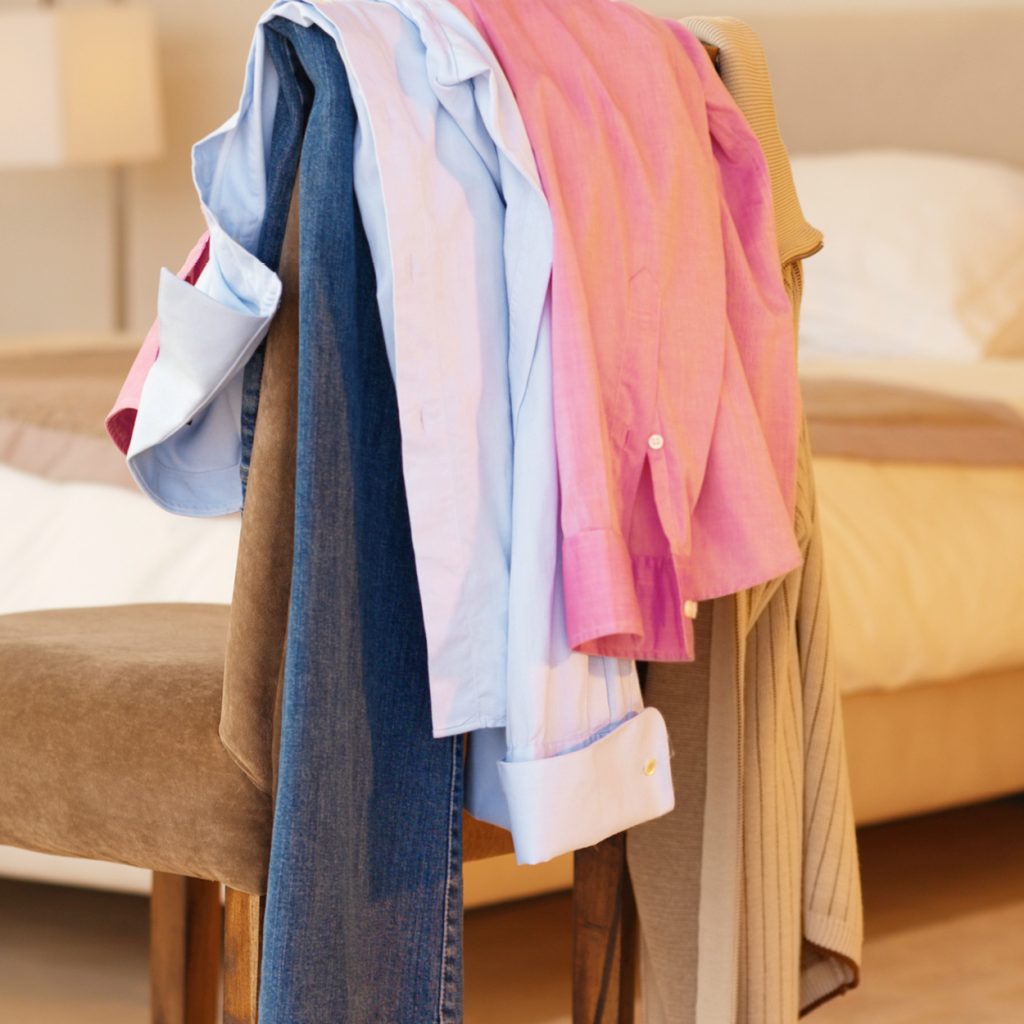 r container that is suitable for storing an item, so we put it aside. And then there’s the fact that society places such high value on materialism. From a young age, we are assailed by ads that tell us that acquiring the right stuff will translate to better health, greater beauty, more success, and happiness – all of which makes us really good at rationalizing why we need to hang onto so many things.
r container that is suitable for storing an item, so we put it aside. And then there’s the fact that society places such high value on materialism. From a young age, we are assailed by ads that tell us that acquiring the right stuff will translate to better health, greater beauty, more success, and happiness – all of which makes us really good at rationalizing why we need to hang onto so many things.
What complicates those decisions further is the fact that many of our possessions carry emotional ties, signifying comfort, status, security, or love. Our possessions say something about who we are, so giving them away or discarding them can feel like we are giving away a body part. And, as it turns out, our reluctance to get rid of our stuff also has a physiologic basis. In fact, Yale researchers have reported that two areas of the brain that are associated with pain perception are also stimulated when we let go of items that are meaningful to us and to which we feel a strong connection. No wonder decluttering is so hard!
Clutter is also evidence of a mindset that’s rooted in fear and guilt. Getting rid of those “skinny” jeans or the treadmill that’s collecting dust in the corner would mean admitting defeat in your battle to lose weight, wouldn’t it? Tossing those beautiful but outrageously expensive and ill-fitting boots that you had coveted for months would be a waste of money, no? That tattered blanket evokes so many memories, how could you possibly part with it? And what if you need that jacket or that file someday, or finally find time to read that book? What if you throw it out and regret it later?
Enough! Clearly, decision paralysis has set in, so it’s time to be rational and take action to declutter your life. But how do you get started?
A Step-Wise Approach to Decluttering
Basic Ground Rules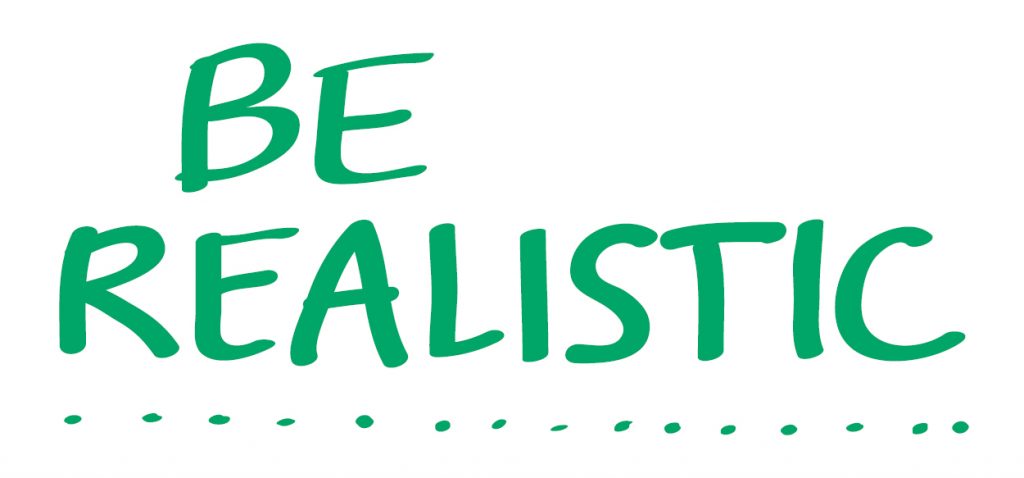
There are a few general ground rules to follow if you are to unclutter your life successfully. First, be realistic. You won’t be able to tackle your entire house at one time. In fact, studies suggest that as we make more and more decisions, decision fatigue kicks in, and we may become increasingly impulsive or avoid making choices at all. Second, break the task into manageable pieces. Maybe you just tackle one drawer or closet, or perhaps you set aside a certain timeframe – an hour at a time, for instance – so you don’t get so overwhelmed that you abandon the task altogether. The third, very important rule is sort first, organize later. There’s no sense organizing things that you’re going to throw out. That wastes both time and decision-making capacity! And lastly, make the easy decisions first and act on them. By getting the easy decisions behind you, you give yourself the psychological advantage of having to deal with a smaller pile of stuff, effectively reducing your decision load and your stress level.
Eight Steps to Successful Decluttering
Ready to break free of your clutter? Let’s begin, one step at a time.
- Gather some boxes or heavy-duty trash bags.
- Make five small signs for sorting: Keep, Donate, Sell, Trash, Can’t Decide – and place them in distinct areas on the floor or a table, or use them to label five separate bins or boxes.
- Choose your target – one room, one corner of a room, one shelf, one drawer, or a closet – your preference.
- Place all the items to be sorted in a pile – down to the last scrap of paper or hairpin.
- Start sorting! Be intentional and resolute.
- Keepers. Choose the items that you love, that bring joy, or that have great importance to you, and place them in the Keep pile. Be very selective. If something has purely sentimental value, consider whether taking a photo of it would suffice to evoke those cherished memories.
- Trash. Next, select those items that can be tossed – the ones that are stained or damaged, those for which you have no use, or that you’ve not used in the last couple months – and either recycle them or place them in the Trash pile or bag.
- For Sale. Separate the items that might be worth selling on Craigslist or eBay or at a yard sale. You may need to do some research online to determine which pieces are worth your time and effort to advertise.
- Donations. Select items that are in decent shape that others might find useful. Donate them to a favorite charity, a mission serving the homeless, or your local library or church. (For suggestions of charitable organizations in the Capital Region that accept used goods, consult the list at the end of this article.)
- Undecided. If you just can’t decide which pile an item belongs in, don’t let it disrupt your process. Simply add it to the Undecided pile. When your decluttering session is over, put these items in a box, label it with the date, and put it out of sight. In six months, review the contents of the box and repeat the sorting process. You may be surprised how time and distance change your perspective!
- Thoroughly clean the shelf, drawer, or space and then put back the “keeper” items, grouping similar things together and leaving space around each group.
- Repeat this process for every cluttered surface or space in your office and home.
- Breathe a sigh of relief and revel in your newfound calm and ordered environment!
Maintaining Your New, Uncluttered Normal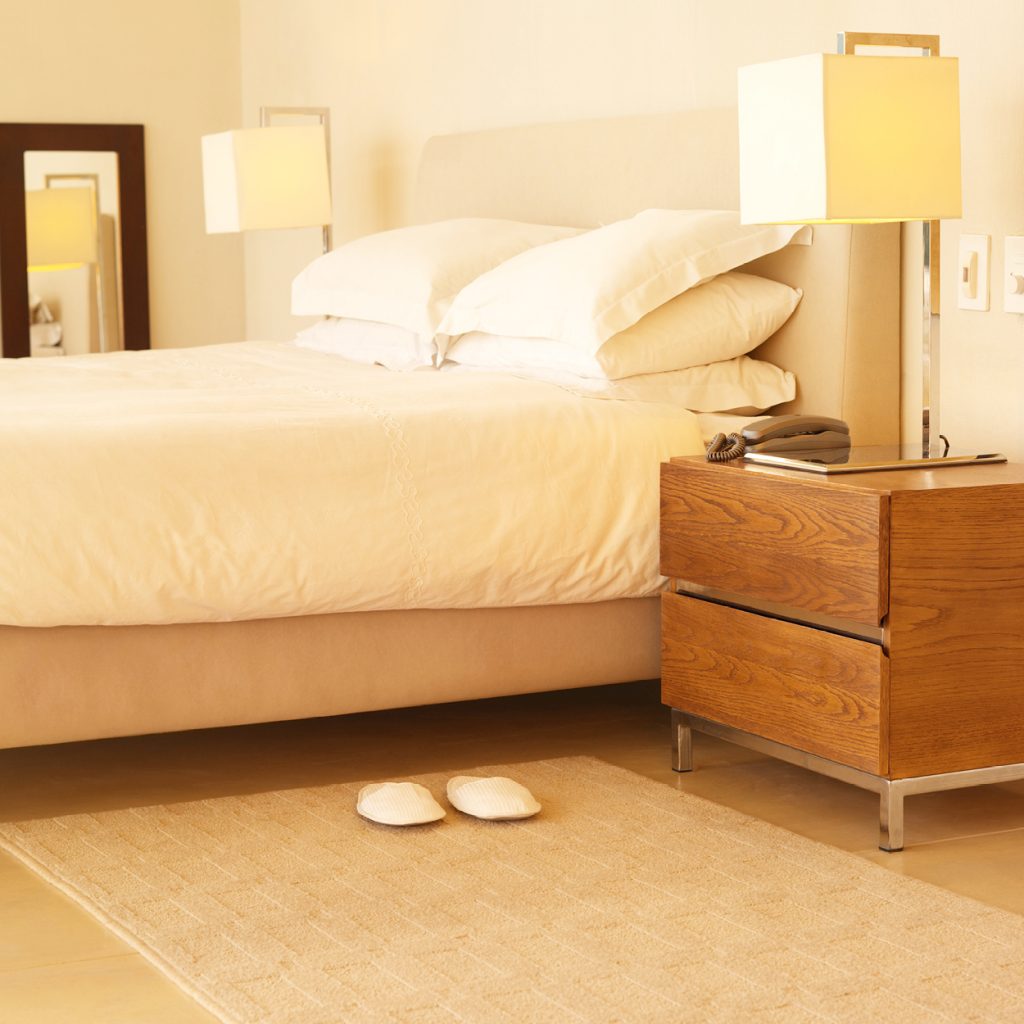
It takes a concerted effort and a considerable amount of time to declutter your home or office environment, so you will want to keep clutter creep at bay once you’ve achieved a sense of order and organization. This preventive maintenance takes practice until it becomes a habit. Here are a few strategies that may be helpful:
- Limit the space you allow for storage. The more storage space you have, the more stuff you’ll likely accumulate. If you don’t have room for an item, make the decision to discard or recycle enough things to make room, rather than expanding your storage capacity.
- Use the time available to you. Are you waiting for your dinner to finish cooking? Open that catch-all drawer next to you and throw out anything you won’t use or haven’t used for some time. Watching television? Retrieve the unopened mail from the dining room table and sort it during the commercials. As you walk through your office or home, clear any misplaced or nonessential items from floors, tables, and countertops and discard or put them away in their designated spot.
- Add one, eliminate two. Many experts recommend that for every item you bring into your life, you get rid of two. This applies to clothes, shoes, books, magazines, household goods, and just about everything – except your loved ones, that is! It is a practical rule that helps to ensure that you have a place for everything, and that everything fits in its place.
- Apply the “frequency of use” test. Do I use it, wear it, need it frequently enough to justify keeping it? For instance, one wardrobe-paring strategy that Oprah Winfrey made famous involves hanging all the clothes in your closet with the hangers facing in the reverse direction. Once you wear an article of clothing, hang it back up with the hanger facing the right direc
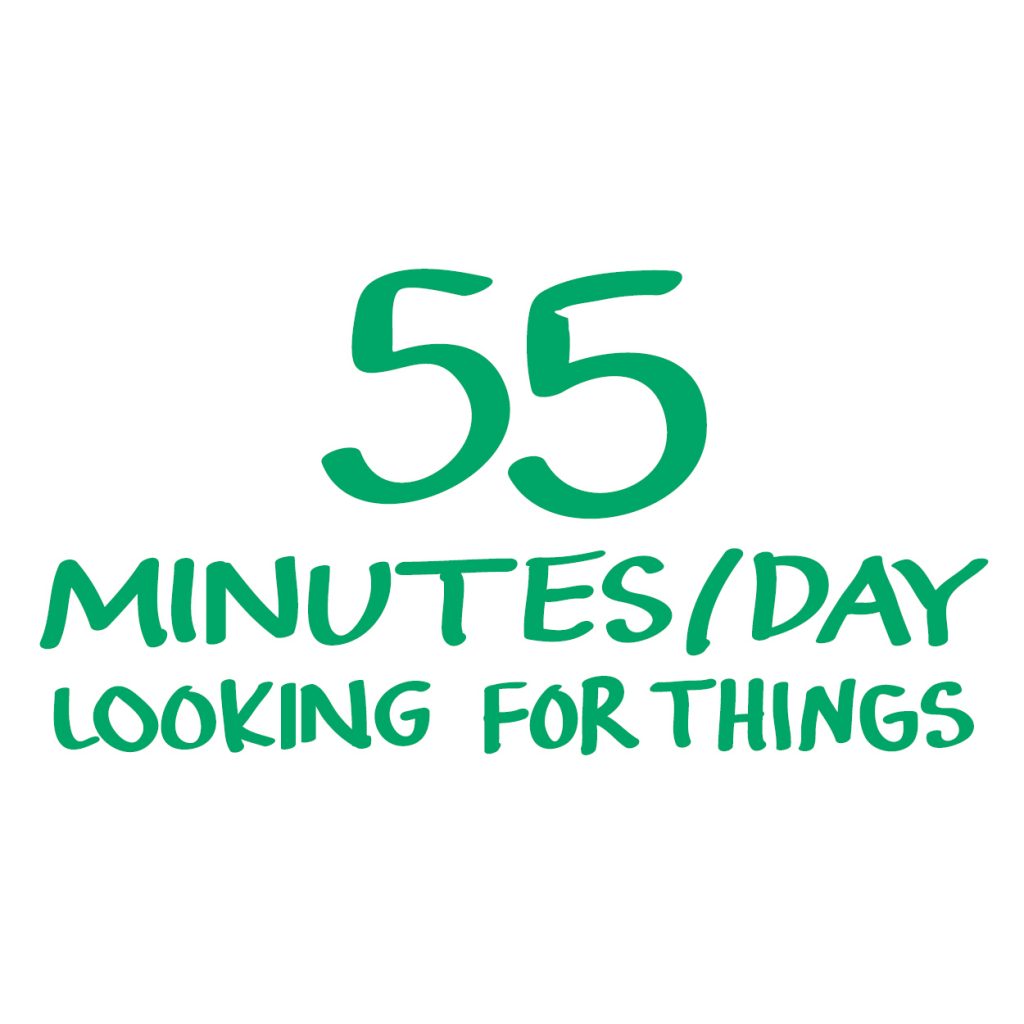 tion. After six months, you’ll be able to tell which clothes you can easily discard, sell, or donate. This strategy can be adapted to evaluate the usefulness of other items in your home or office, as well.
tion. After six months, you’ll be able to tell which clothes you can easily discard, sell, or donate. This strategy can be adapted to evaluate the usefulness of other items in your home or office, as well. - Evaluate your reasons for acquiring stuff, and consider the full impact and costs of clutter. According to statistics cited by SimplyOrderly, the average American spends 55 minutes a day, or about 12 days per year, looking for things they own but can’t find. Other research cited by the National Association of Professional Organizers reveals that 80 percent of what we own we never use. What a waste of time and money! And those statistics don’t even consider the environmental costs of materialism or the hidden financial burdens of consumerism. How many times have you purchased an item, only to realize that you already had that item? How much credit card debt are you carrying on items that you bought but never use? Has an item that you loved ever been ruined because of improper storage? Are you paying a monthly fee for a storage unit? Are you considering moving to a new home primarily because you need more room for your possessions? What will it cost you to move, and what will the added expense of owning a larger home be?
Perhaps it’s time for all of us to consider how, by decluttering our environment, we might enrich our lives, reduce our stress, improve our health, and contribute to the good of others and our fragile planet.
Where to Donate Items in the Capital Region
There are a host of charitable organizations in the Capital Region that accept new or gently used furniture, clothing, footwear, books, and toys, as well as household supplies, personal care items, and food. You may also consider donating items to your local school, prison, church, library, hospital, senior center, or nursing home. Before you donate, though, check the organization’s website or call them directly, as some restrictions may apply.
The following is just a handful of charitable organizations in our area that welcome donated goods:
- Capital City Rescue Mission
- Capital Region Furniture Bank
- Capital Roots
- City Mission of Schenectady
- Dress for Success®
- Equinox Domestic Violence Center
- ERC Community Warehouse
- Grace’s Closet
- Grassroot Givers
- Habitat for Humanity Capital District ReStore
- Habitat for Humanity of Schenectady County
- Homeless and Travelers Aid Society
- Interfaith Partnership for the Homeless
- Jezreel International
- Salvation Army
- Schenectady Home Furnishings Program
- Shelters of Saratoga
- The Addictions Care Center
- Trinity Alliance of the Capital Region
- Troy Area United Ministries
- Unity House ReStyle Thrift Store
- U.S. Committee for Refugees and Immigrants
- Wellspring
- YWCA of the Greater Capital Region
 The Daily Dose
The Daily Dose
Comments are closed.